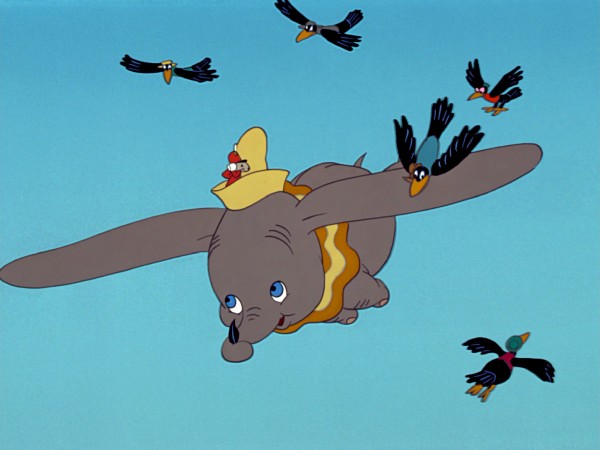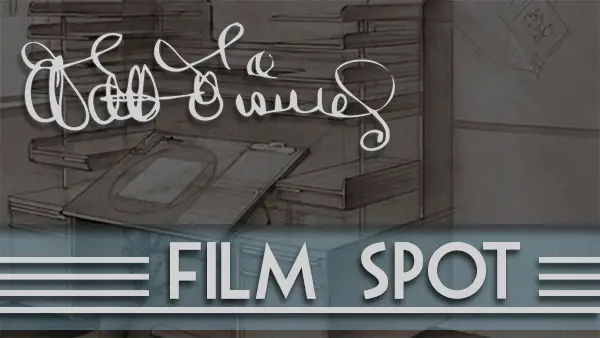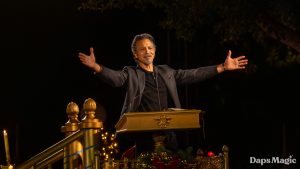Time has been much kinder to Dumbo than film and animation historians think. What was once a source of major discussions involving political and cultural debates has now shed the then-current events of its past and become nothing more than a classic in the pantheon of Disney films. During its production, Dumbo faced numerous challenges, probably more than any other Disney film to date, with sources of tension that would have lasting ramifications on the Walt Disney Studio. Furthermore, themes and cultural portrayals displayed in the film have arguably been affected by the rise in political correctness in American culture, reducing the timelessness of certain scenes.
With all these topics of discussion, why do we still enjoy Dumbo?
First, we’ll have to put the film into historical context, and bring up one of the most pivotal moments in the history of the Walt Disney Studio. The 1930s saw an increase in labor unions in the United States, especially in Hollywood, where performers and craftsmen began organizing to prevent studio executives to take advantage of their skills. Guilds such as the Screen Actors Guild. When a strike among other cartoon studios began to take form, Disney naturally became one of its biggest targets; unfortunately, it was in the midst of Dumbo’s production. The strike took its toll on the Walt Disney Studio, hundreds of Disney artists picketed outside the lot, demanding better wages and fairer treatment. Many of the head artists who worked on the past three Disney features stood outside, leaving the work up to those who “remained loyal” to Walt, including the animators who would later become the Nine Old Men. After the strike was over, the atmosphere at the studio changed, less of a family of artists, more a traditional Hollywood movie studio.
The fearful atmosphere of the strike, as well as the financial losses caused by World War II resulted in Dumbo becoming a low-budget, barely one-hour feature. Utilizing humble watercolor backgrounds and animation hearkening to the early Fred Moore designs, Dumbo saw itself as nothing more or less than an endearing, kind film. Despite its lack in the complexity of Snow White or Fantasia, or the grandiose epic scale of Pinocchio, Dumbo managed to capture the hearts of filmgoers with its cute baby elephant and his circus mouse sidekick.
When put into the context of history, with events like Pearl Harbor and the Disney animators’ strike, as well as early 20th century cultural depiction of characters such as the crows, an enormous level of complexity and layers are added to Dumbo. The problem is, the nature of Dumbo ostensibly rejects these thematic resonances, allowing for an uninhibited viewing of the film. The movie itself is the complete polar opposite of its background and production woes. We’re not supposed to watch Dumbo within the time period-specific context of history and culture; this simple endearing tale of friendship and confidence was made to be seen with innocent and fresh eyes – the eyes of children. When we watch Dumbo, we don’t think about labor unions or picket lines, we think about cute circus elephants and tiny mice, we cry during the Baby Mine sequence and we cheer when Dumbo finally flies.
Today, the world has embraced Dumbo in a way like never before. It has become many people’s first movie and consistently airs on Disney Junior. It has been digitally restored, and transferred to blu-ray. Unlike other Disney films of that time, Dumbo has enough confidence and acclaim from its generations of viewers to merit home media releases and television airings. With the amount of love and cheering the public continues to give Dumbo, he will continue flying for decades to come.







